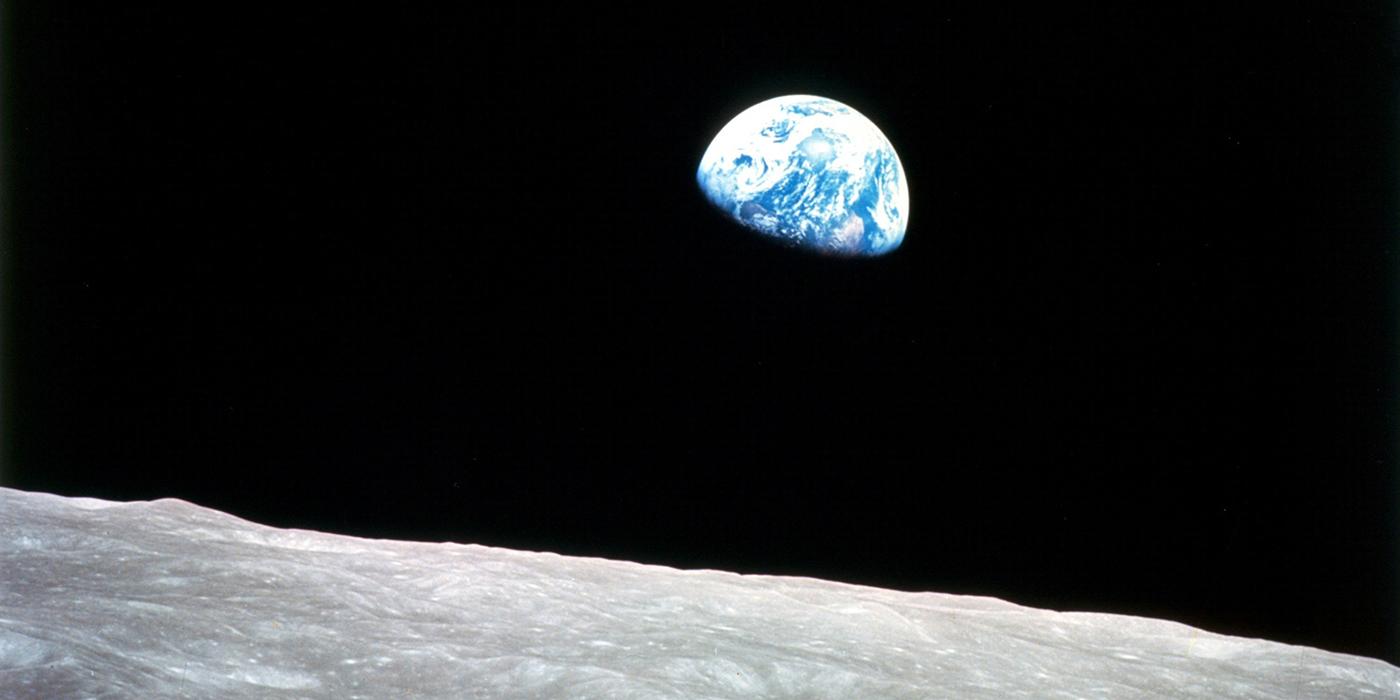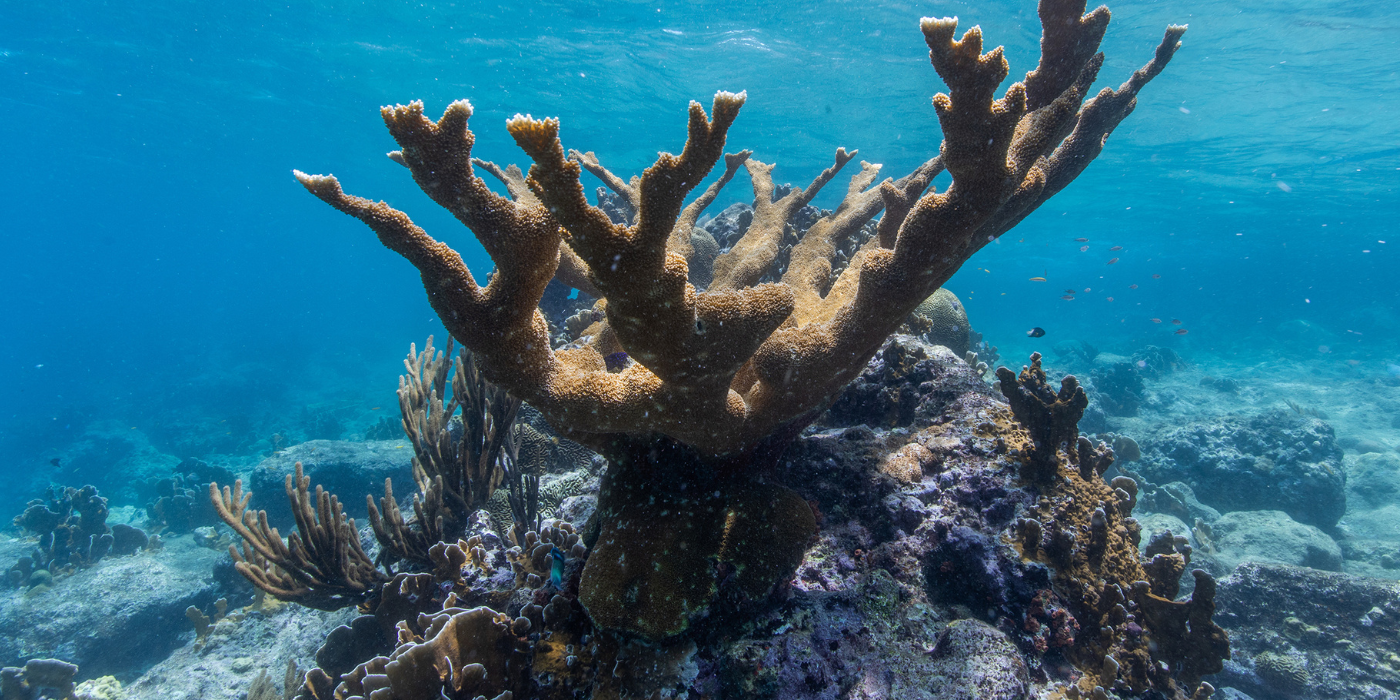Focus on the Future: Juliana Vélez Gómez
Focus on the Future is a series that seeks to highlight the early career scientists who conduct research at the Smithsonian's National Zoo and Conservation Biology Institute. Learn about undergraduate, graduate and post-doctoral fellows and the conservation research they are supporting through first-hand accounts and stories.
Featured photos provided by Juliana Vélez Gómez.
I was born and raised in Bogotá, Colombia, where I explored the stunning biodiversity and captivating landscapes of my homeland. However, I also saw conservation challenges associated with resource extraction, which motivated me to pursue a career in conservation biology. I studied biology as an undergrad and did my master’s in biology, primarily studying lowland tapirs, which were also one of the focal species of my doctoral research in conservation sciences.
When the Fulbright scholarship that sponsored part of my Ph.D. ended in 2021, my advisor at the University of Minnesota, John Fieberg, encouraged me to apply for a pre-doctoral fellowship with the Smithsonian’s National Zoo and Conservation Biology Institute. During this fellowship, I finished the first chapter of my dissertation, in which I evaluated the use of artificial intelligence tools for processing camera trap data, and I analyzed the data I had collected in multifunctional landscapes in the Colombian Orinoquía Region. I was interested in understanding interactions among wildlife and domestic animals and other forms of anthropogenic disturbance. When cattle roam freely in the forest in search of water and forage, they often degrade the understory and habitat for wildlife. At the same time, the cattle would get stuck in the mud within the forest and die trying to get out. It was a lose-lose situation for both wildlife and ranchers, and I realized there was an opportunity to help improve management in these systems to sustain both conservation and economic objectives.

In my research, I paired camera traps and autonomous acoustic recording units (ARUs) to collect complementary information that allowed us to investigate the association between wild ungulates and two forms of disturbance (cattle and poaching activity), with the goal of identifying wildlife species that might require conservation prioritization. Using joint species distribution models, I identified that the lowland tapir, the collared peccary, and the white-lipped peccary are found in areas near fourth- or higher-order streams, which also presented higher occurrence of poaching activity. The white-tailed deer presented a positive co-occurrence with cattle. In addition to ecological findings, we found that the interpretation of co-occurrence patterns between disturbance and wildlife changes depending on what sampling technologies (e.g., camera traps vs. ARUs) we used to detect disturbance. Camera traps are still a critical tool to detect non-vocalizing species, while acoustic monitoring provided increased detection of audible disturbance. Acoustic monitoring of disturbance typically resulted in more precise estimates of co-occurrence between wildlife and disturbance.
Besides studying species co-occurrence patterns, I implemented a cattle exclusion experiment with the objective of improving cattle management and protecting habitat for wildlife. Working together with landowners and my team, we successfully fenced 14 kilometers (almost 9 mi) of forest to prevent forest degradation by cattle. We used a before-after control-impact sampling design (BACI) to assess the effect of the cattle exclusion experiment on the habitat use of the community of browsers and frugivores, while accounting for natural variability in wildlife occurrence throughout the sampling area. Cattle exclusion had a positive effect on forest use by four of the seven wildlife species evaluated; that is, the encounter probability of these four species increased at fenced versus control sites. The extension and impact of this exclusion experiment was only possible due to the contributions of the landowner, César Barrera, and workers of El Rey Zamuro -Matarredonda Natural Reserve, José Manuel Torres and Juan David Rodríguez, that helped me plan and coordinate the experiment. Other workers of the reserve, including Norbey Arboleda, Jorge García, María Casallas, Juan David Lozano, Esneider Guateque and Fernando Pérez also helped me build the fences for the cattle exclusion and supported the project during different field work activities.
An important aspect of my research project was mentoring young female scientists. I feel women’s opinions are often underestimated, and we need to work harder than men to have our ideas taken seriously. For this reason, I tried to provide training opportunities for other talented women who could contribute to my project and beyond. Veterinarians Dr. Victoria Rodríguez and Dr. Luisa Correa became leaders in the wildlife captures we performed to deploy GPS collars on lowland tapirs, and they are currently some of the best prepared in Colombia to handle wild animals. The training we provided for young female scientists has given them professional opportunities and expanded their careers’ scope.
Pursuing a Ph.D. as an international student in the United States has unique challenges, including language barriers, logistics and acquisition of research permits in multiple countries, as well as immigration and race issues. Advisors who promote diversity and equity and recognize the different circumstances that international students might experience are crucial to help us navigate these challenges. I am extremely grateful to my advisors, John Fieberg, Ph.D., of the University of Minnesota, as well as Bill McShea, Ph.D., and Budhan Pukazhenthi, Ph.D., of the Smithsonian’s National Zoo and Conservation Biology Institute. They were very supportive mentors, who taught me about the research path, always cared about my career development and helped me build the skills I needed to complete my dissertation. Currently, I am preparing to return to the Smithsonian to begin a postdoctoral fellowship studying the movement ecology of the houbara bustards. I'm very excited to reconnect with my colleagues and the Smithsonian community for the next chapter of my career!







